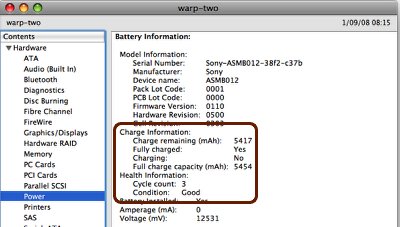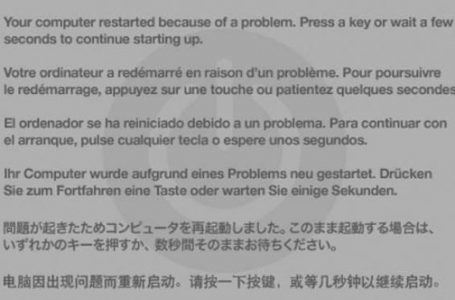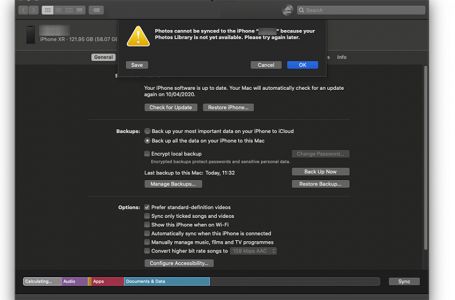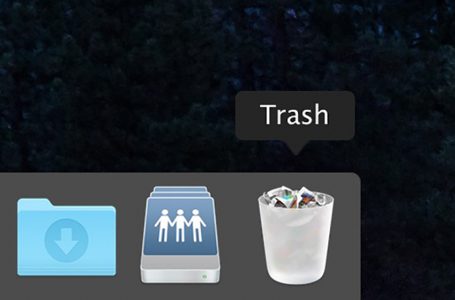Check Your Macbook’s Battery Health
There is a better way to look at your Macbook/Macbook Pro’s battery health.
The standard way to peek at your Macbook/Macbook Pro’s battery health is using OS X’s built in System Profiler which can be accessed from the About This Mac menu. Unless you like staring at lines of text and numbers, this usually isn’t the most desirable or intuitive way to go about diagnosing whether your battery’s days are numbered.

Enter, the Coconut Battery app, by Chris Sinai. Donationware.
Its a beautiful app that provides visual cues in an easy to understand layout to see exactly how your battery is doing.

When you talk about how much liquids you can hold in a container, the common unit of measurement (at least in most places outside of the USA) is in litres. When it comes to how much energy a battery can hold, the equivalent is expressed in milliamps or mAh.
With reference to the image above, just on top of the yellow bar, Maximum Charge indicates the total charge your battery, in its current state, can hold.
Design Capacity, displayed above the green bar shows how many mAh a new/fresh battery was designed to hold.
Based on the Maximum Charge reading, the 11-inch, Late 2010 Macbook Air above can now only hold 4217 mAh. When we compare this to the Design Capacity reading of 4680 mAh, we can deduce that the battery has lost 463 mAh of its total capacity over time and use.
The green bar itself shows that the battery’s current state has regressed to 90.1% of its original condition.
The Loadcycles is expressing the same values found in System Profiler under Cycle Count. In the case above, the 11-inch, Late 2010 Macbook Air has completed 429 Loadcycles.
“So how many Loadcycles was the battery designed to cope you ask?”
Apple has a chart that can be found here which details the designed maximum Loadcycles each particular Macbook/Macbook Pro model can bear before users should begin to seriously consider replacing the batteries.
It must be noted that the latest range of Apple portables, including iPods, iPhones and the various iPads, are all running Lithium Polymer (LiPO) batteries. Which are prone to bloating and subsequently exploding and/or catching fire if they are left to totally discharge or are over charged.
This same consequence can result if the battery is allowed to age beyond its recommended lifespan so its best advised to not skint too tightly and replace your Mac portable’s battery before it decides to alert you in a ‘fantastic fashion’ by imploding into a ball of flames and gas.
As a bonus, Coconut Battery is also designed to read and display your iOS devices’ battery status as well.

“Truly, hats off to Chris Sinai for sharing this wonderful app with the community.”
If you feel that it has helped you, you are strongly encouraged to donate to ensure that such people are appreciated and that they are encouraged to further develop more useful apps for the rest of us.













